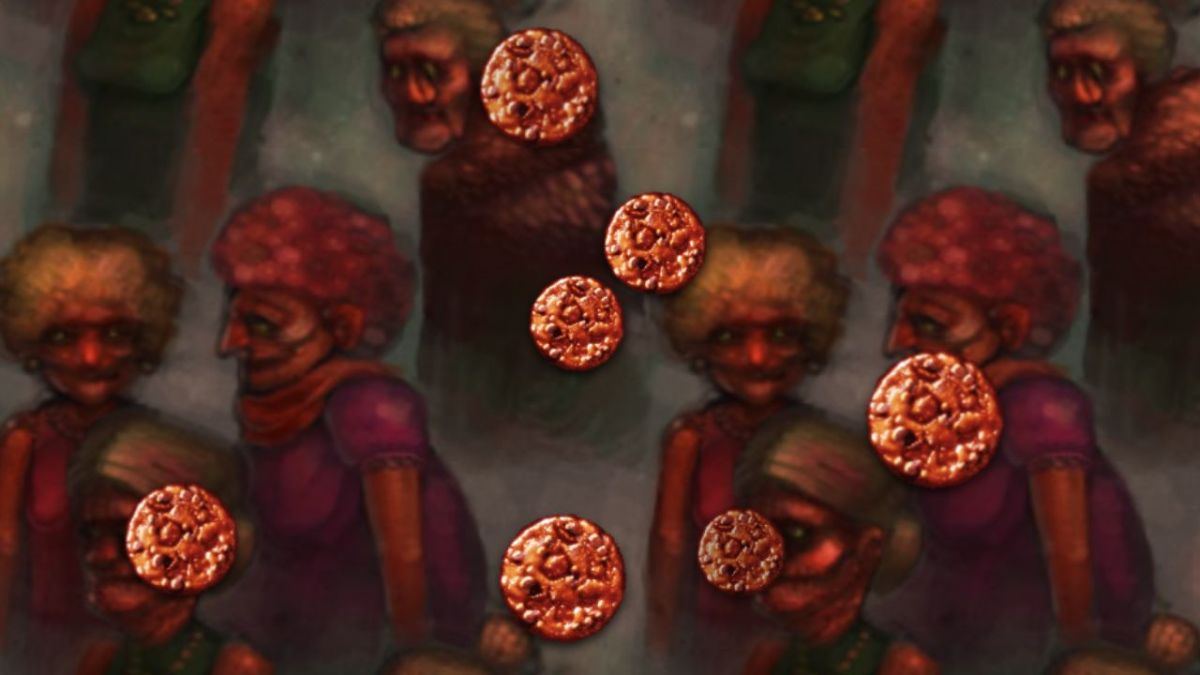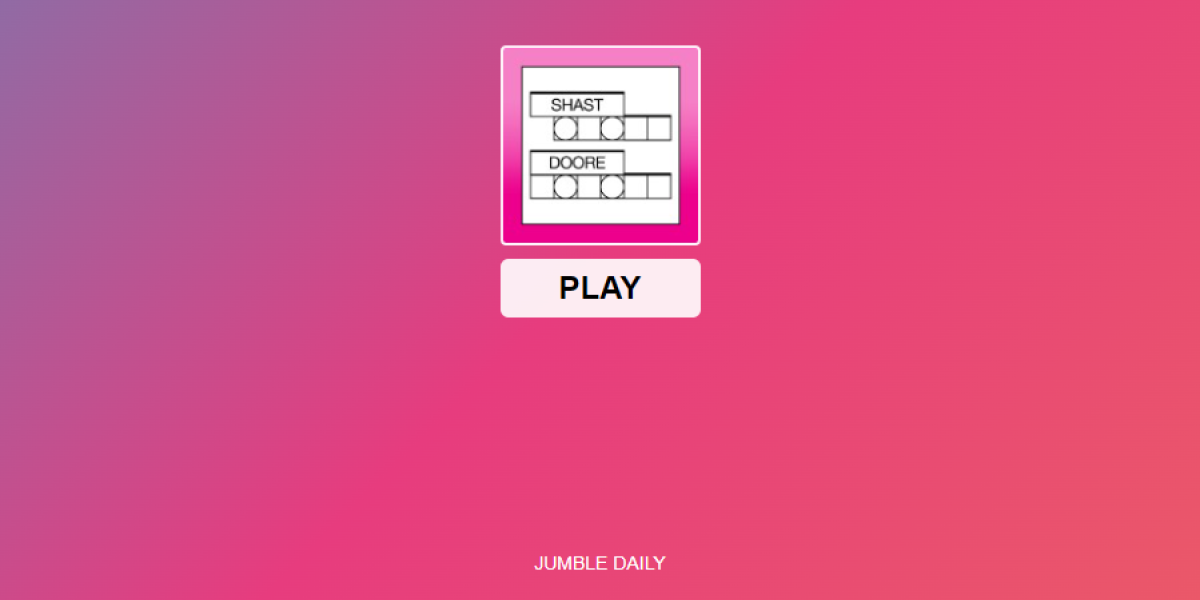Greg “IdrA” Fields slams his hand on the desk in frustration, watching the 60-second respawn timer start to tick on his screen.
The deadly Kael’Thas ultimate, well-timed by Taylor “Arthelon” Eder, made quick work of his Falstad, leaving Evil Geniuses down one man. Counter Logic Gaming storms into the base, just a few kills away from a BlizzCon championship.
The crowd is silent, thick with anticipation. This is the Fields they were waiting for, the infamous IdrA. It’s the moment where that quiver on his lips smolders into a burning rage. But instead of the self-immolation that became the hallmark of his StarCraft career, it now threatened to melt his entire team.
But Evil Geniuses miraculously repel the attack. Fields maintains his cool, helping them call targets during a frantic fight. They’re still behind, but Fields sees an opportunity.
He hits his Z key, flying behind the enemy team. He nails a hammer on the enemy Jaina, stacking damage fast with his thunderbolt passive. She turns to land the polymorph, but Fields dashes over a wall, out of line of sight, and charges his ultimate. Deadly lightning streaks across the screen, and scores the solo kill.
Evil Geniuses pushes forward to support Fields, and wipe Counter Logic. But with mercenaries pouring into their base, it’s a race to finish the core.
Blood pumps through Fields’ veins, sweaty palms gripping his mouse tight.
The game ends.
Tens of thousands of people cheer, a roar filling the stadium.
Fields slowly takes off his headphones, carefully placing them on the desk. He stands up, wiping away a knot of confetti that tangled itself with his glasses. The edges of that trademark smirk tilt slightly upwards. Jacob “LzGamer” Winstead slaps him on the back, laughing.
Evil Geniuses has done it. Fields is a BlizzCon champion.
This scenario won’t play out this weekend at BlizzCon, where Blizzard will host its first ever official Heroes of the Storm tournament.
Eder’s team is Symbiote Gaming, currently the best in the game. But it wasn’t even invited to the event. That makes Fields’ Evil Geniuses squad is the nominal favorite among a field of showmatch teams.
And there will probably only be thousands of fans watching in Anaheim this weekend, not tens of thousands. But some day, they will be. Heroes of the Storm is still only in its technical alpha. A beta—much less an open beta—is still pretty much a dream. But the game is poised to be the next big esport, and it might happen sooner than you think.
After the ridiculous success of League of Legends and Dota 2, the multiplayer online battle arena (MOBA) market is filled with dozens of titles looking to capitalize on the genre’s breakout success and the success of the free-to-play business model.
It’s a phenomenon not unfamiliar to Blizzard. The company watched potential competitors drop like flies as they all tried to replicate the success of its massively popular online RPG World of Warcraft. Now many MOBA competitors are suffering a similar fate as they try to take on League and Dota 2. Just this week, Dawngate, a game that’s received critical acclaim for its take on the genre, shut its doors.
But Heroes of the Storm is here to stay. Yes, it’s backed by one of the behemoths of the video game industry and a leader in esports (the entire MOBA genre was spawned from a user-made modification of Warcraft 3—the original Dota). But that’s not the only reason Heroes will succeed where others have fallen. Blizzard has produced a game that’s not just a hell of a lot of fun, it also reimagines the MOBA itself.
Like many of the new League and Dota competitors flooding the market, Heroes seeks to simplify the genre and focus on the core mechanics that make MOBAs fun.
The most iconic example of this is something called “last-hitting,” a key game mechanic in Dota 2 and League of Legends. Here’s how it works: Players only earn gold for killing a minion when they score the hit that kills it. That creates skill-based scenarios where players can deny the enemy from getting that last hit by pressuring him, and rewards skilled players who can properly time their attack. But it’s also a completely obtuse mechanic that escapes logic. Most players would assume they’re contributing to success by killing minions—whether they get that last hit or not.
It’s a confusing mechanic, a relic of the difficulties working with the Warcraft 3 engine during Dota’s development. It may create some interesting gameplay scenarios, but those come at the cost of adding an obvious layer of “game” on top of the experience. It makes MOBAs feel unnatural.
Blizzard does away with it entirely. While Heroes of the Storm misses out on some of the complex interactions in lane, it replaces it with other complexities, ones that aren’t so confusing to those not in the know.
Other games are doing similar things. Strife, S2 Games’ successor to faithful Dota clone Heroes of Newerth, also does away with many of the obtuse MOBA mechanics that slow the pace of the game and confuse new players. But their solutions lack the elegance of Blizzard’s design.
For example, Strife increases how quickly a character’s’ health regenerates when they’re not in combat. That way, players don’t feel forced back to base, then heal, then head back to the lane for combat. It’s a hidden mechanic, one not obvious to players but that works well to limit downtime after battling in lane.
Blizzard’s solution? Add mounts so players can return to lane faster, and put fountains that restore health and mana when used in the lane. The fountains act as Strife’s passive regeneration, but they’re visible on the map, showing players they’re something available for use. It also promotes counterplay—you can see when a foe uses their fountain, and can destroy them so they can’t regenerate as easily as you.
In League or Dota, a player has to return to base to buy an item. Strife does away with that, allowing players to buy items in lane, which solves some problems in those other games, like punishing players for leaving lane just to use the power they’ve earned, and slowing the pace of the game down.
But Heroes of the Storm does away with items altogether, replacing them with a talent system tailored for each individual champion. It offers many of the same functionality as items in League and Dota, without some of the difficulties. For example, it’s hard to balance items in League because every type of champion can buy them. You can’t make a jungle focused item that has more of a given type of stat, because all of a sudden it becomes too powerful for marksmen. That’s led to more item specialization in League, and a more complex and harder to understand item system. Heroes doesn’t have that issue.
Those are the kind of things that make Heroes of the Storm stand out from the growing crowd of MOBA wannabees. The game has Blizzard’s trademark style and polish, but it also benefits from unique design that takes many of the things a plethora of companies are trying to do, and implements them in ways that add to the MOBA experience, instead of just tweaking it.
There are some issues, of course. Blizzard’s team-wide experience, for example, has some problems that haven’t yet been fully worked out. Some maps feel too snowbally, where a lead inevitably becomes a victory with little hope for a comeback. Other times big leads don’t seem forgiving enough, with a single mistake allowing the enemy team back in the game. But those can be fixed with some fiddling, the kind of balance tweaking Blizzard has done for years in its other games.
That sets up Heroes of the Storm for success, both as a game and esport. Every major MOBA title, after all, is also an esport title; the genre is focused on competitive multiplayer action and that leads to competitive play. Blizzard isn’t forcing it like some companies, such as Turbine and Warner Entertainment and their game Infinite Crisis, who have money to host tournaments in hopes to boost their superhero based MOBA, even when the player base isn’t actually there to support it.
Heading development on Heroes of the Storm is Dustin Browder, who’s also in charge of StarCraft 2. Since his time on that title, Browder’s esports mantra has always been to give the community the tools and then let them decide what form esports takes. With Heroes of the Storm, despite a limited playerbase in the small technical alpha, it’s always taking shape. Multiple tournaments and weekly leagues complete with commentators and analysts, as well as weekly talk shows and professional teams, have already risen around the game. And that’s despite the lack of many planned but necessary features for competitive play, such as custom games and draft modes.
It’s a small revolution that hints at the coming storm.
Critics claim that removing some of the complexity of traditional MOBAs will leave Heroes of the Storm without the depth to compete with their massive competitors. But as Eder puts it, the people who say you can’t make plays in Heroes just “aren’t good enough to make plays.”
Matches in Heroes last 20 minutes, but they pack the action of a 50 minute game of League of Legends into that short time. Sure, that 20 minutes may lack some of the finesse of a matchup in League, where dozens of iterations and years of experience have turned professional players into machines whose every move is analyzed by commentators analyzing how well those players take advantage of their minute power spikes and how failing to buy that single potion cost someone the matchup.
But the League scene pioneered four years ago by people like George “HotshotGG” Georgallidis and Andy “Reginald” Dinh lacked the finesse of today’s professional game. Heroes of the Storm is in a similar position, with its own pioneers finally prepared to embark on the journey.
Heroes of the Storm may not have the depth of League right now, but that’s because it hasn’t been explored just yet. This weekend, at BlizzCon, players, developers, and fans will take the first steps into exploring that endless future.
So make sure to tune in this weekend, and catch some of the Heroes of the Storm exhibition at BlizzCon. The game is pleasing to watch, and easier to digest than its MOBA forebears, a testament to the Blizzard art style. It has personality, pitting some of Blizzard’s most iconic characters against each other in a setting that doesn’t take itself too seriously.
You won’t see seasoned professional players putting on a dazzling display of skill, but you’ll see something fun and exciting and interesting. You’ll see the potential of the next big esports game.






Published: Nov 7, 2014 12:49 pm